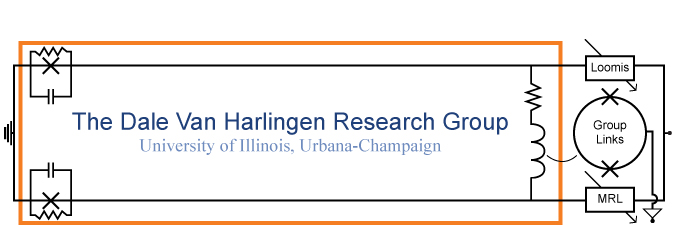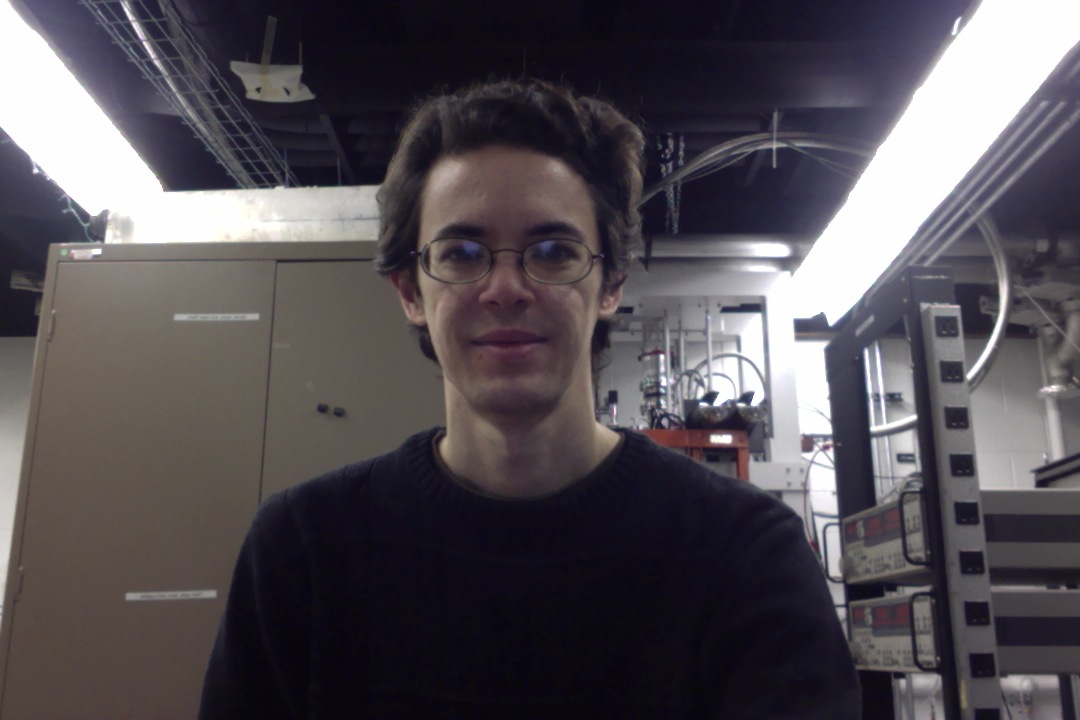

Aaron completed his undergraduate studies at MIT, earning an S.B. in Physics in 2005. While there, he worked as an undergrad researcher in Ray Ashoori's lab, developing image processing software and numerical simulations for the confinement potential of quantum double dots.
After MIT, he went to Caltech for graduate studies. His advisor was Jim Eisenstein. Aaron studied exciton condensation in quantum Hall bilayers. Such systems are formed in semiconductor heterostructures with two closely separated 2D electron systems subjected to a large magnetic field. Interlayer interactions lead to a strongly correlated system, in which electrons in one layer pair up with hole states in the other layer, thus creating a system of indirect excitons. The excitons can undergo condensation leading to Josephson-like interlayer tunneling and reduced dissipation. Among his findings, he demonstrated one of the very distinguishing properties of this topological system: while the bulk was incompressible to charged excitations, excitons could pass freely through the interior in the form of counter-flowing currents. Aaron successfully defended his thesis in September of 2011.
Aaron now works as a postdoctoral researcher in the DVH group. He is primarily interested in studying superconducting proximity and Josephson effects in semiconductors with strong spin-orbit coupling, such as indium arsenide nanowires and topological insulators. Such systems are proposed to host unusual quasiparticles that behave like Majorana fermions. These quasiparticles act as their own antiparticles and can annihilate each other if brought in contact with one another. They also possess non-Abelian exchange statistics and therefore can be used process quantum information non-locally. Thus, Majorana fermions can be used to create a topological quantum computer, which is immune to errors from local perturbations.

